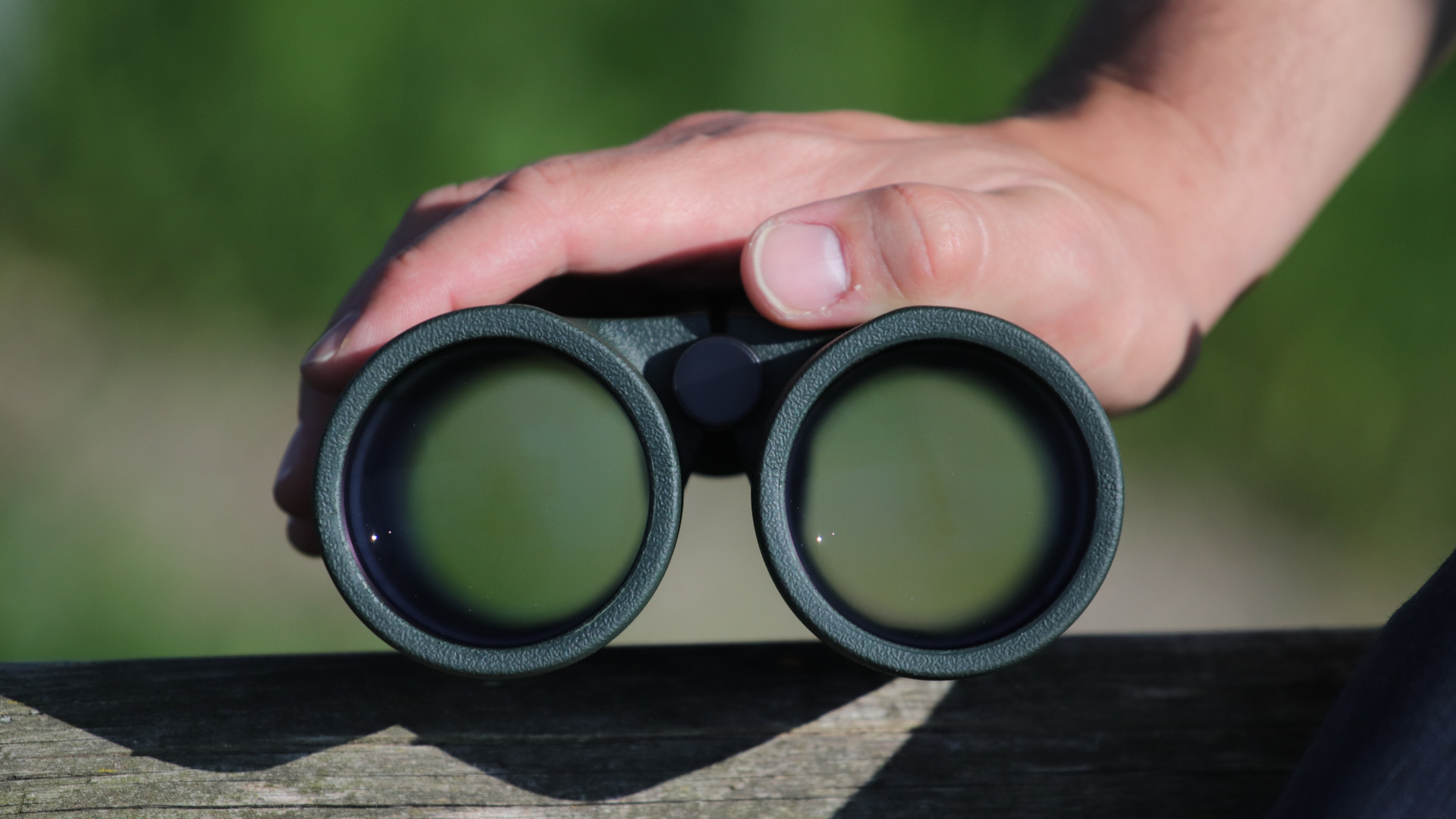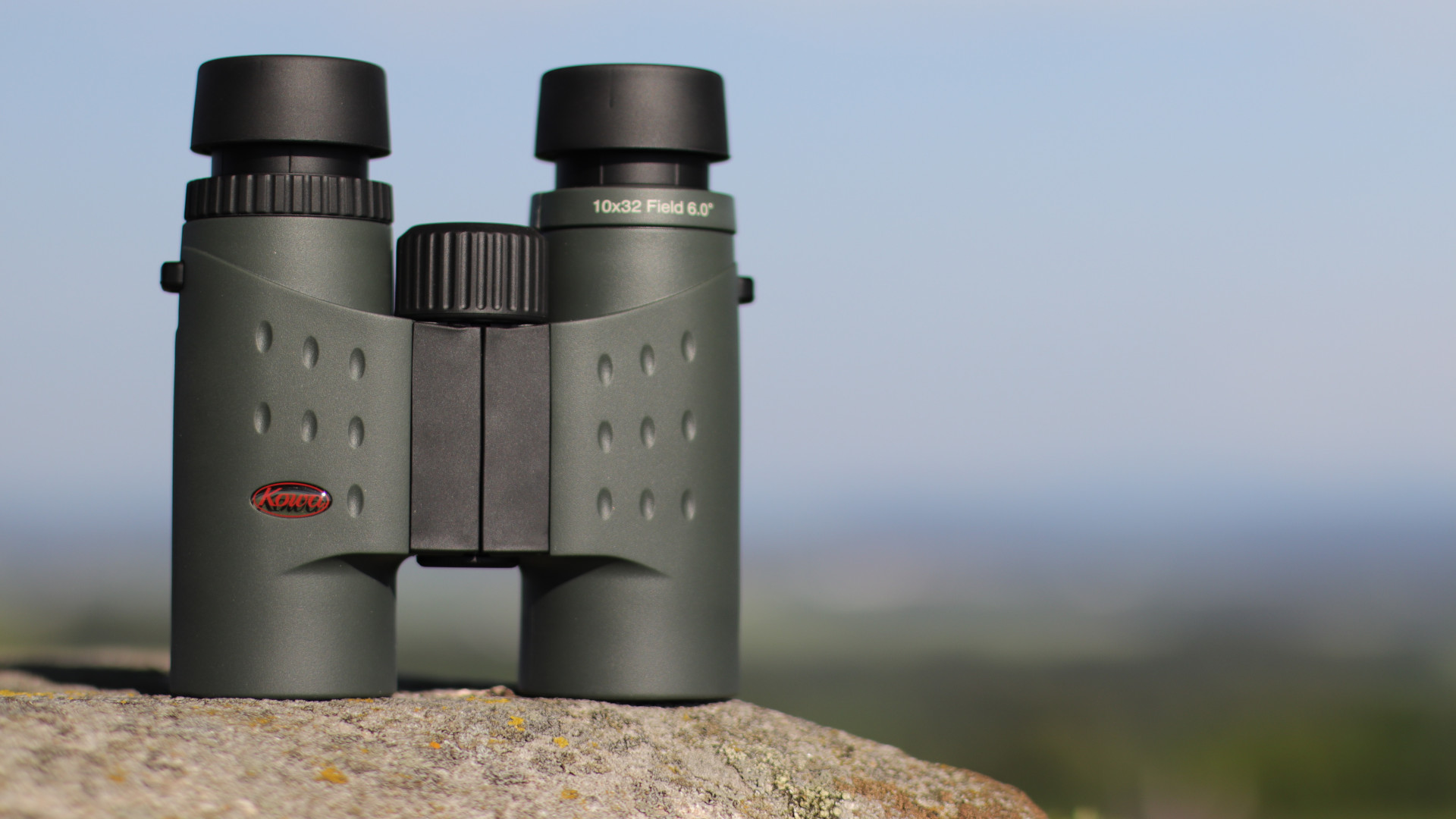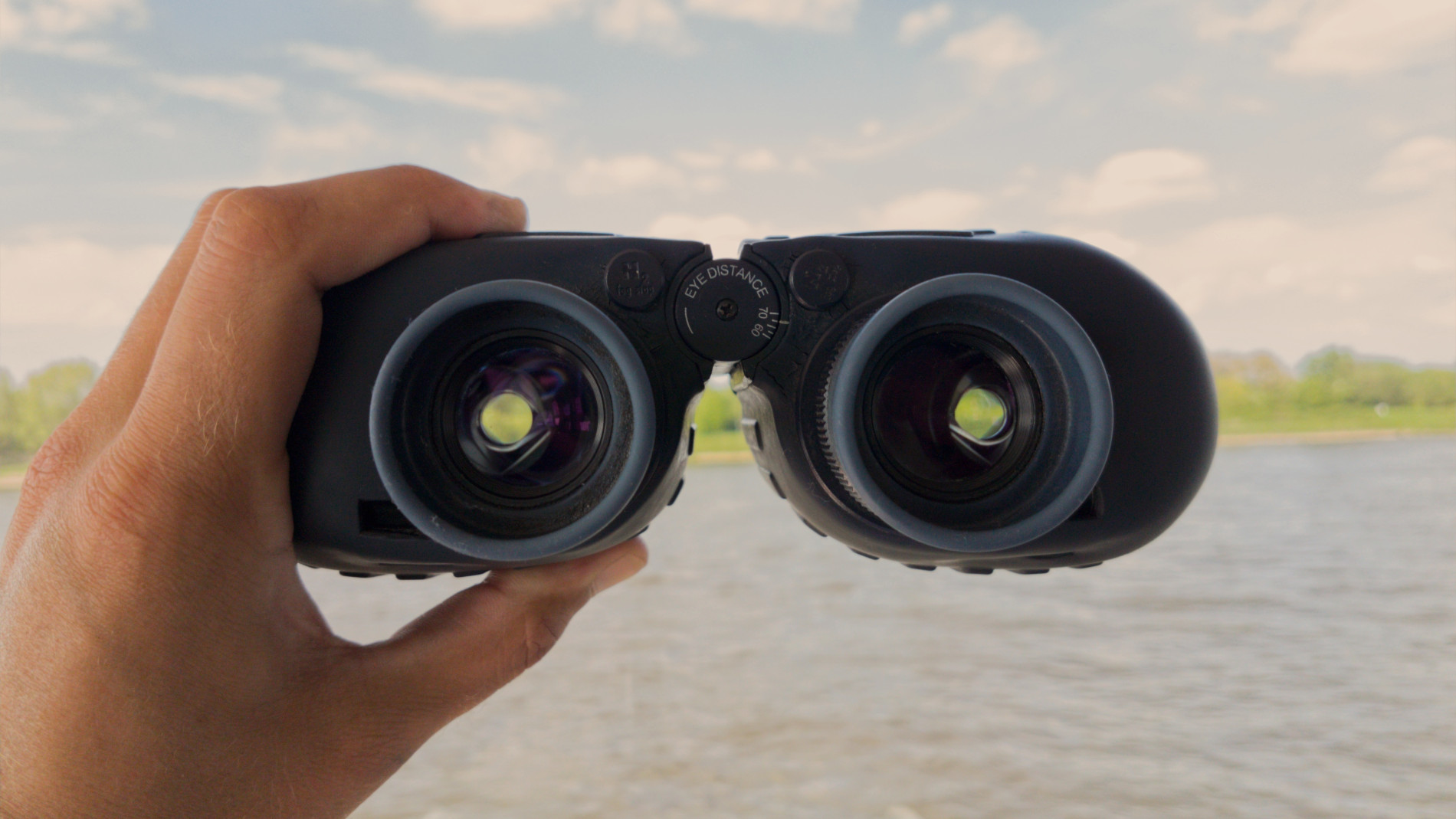Field of view
The difference between a large and small field of view, and how you can quite easily calculate it.

All binoculars have a certain angle visible when you look through them. In optical instruments, this angle is called the field of view. In the case of binoculars, it has become customary to indicate this area in metres at a distance of 1,000 metres. In the case of binoculars with a 92/1,000 m field, you can see an area 92 metres wide at a distance of 1,000 metres.
How to determine the field of view
This is simple to visualise in practice and is easy to understand. However, in other optical instruments, the preference is to indicate this angle in degrees. Meanwhile, you may also find this indication for some binoculars, so it's not a bad ideal to understand what it means. It is relatively easy to convert the metres at 1,000 metres into degrees. Simply divide the field of view in metres by a factor of 17.5 since 1° corresponds to 17.5 metres in a distance of 1,000 metres. True field in degrees = field of view in metres/17.5
 Visual representation of different fields of view.
Visual representation of different fields of view. The limits of large fields of view
Some binoculars are equipped with wide-angle lenses and therefore allow a wider field of view than would normally be the case.
The advantage of a large field of view can be persuasive in the case of binoculars with low magnification.
In the case of telescopes, the field of view is always indicated in degrees. In principle, the larger the field, the more you can see, but there is a limit. You cannot register more than around 130 to 135 metres.
When choosing binoculars, it is a good idea to bear in mind the field of view, but unfortunately there is a problem: some manufacturers offer binoculars with huge fields of view. However, the larger the field, the higher the risk of blurring at the edges when in use. Optically, it is very costly to produce large fields with sharp edges. You can therefore expect a certain amount of blurring in low-cost binoculars. If you prefer very large fields of view, you should aim for a high-quality optical device. Any binoculars with blurred edges actually have only a relatively limited field of view that is really usable.



